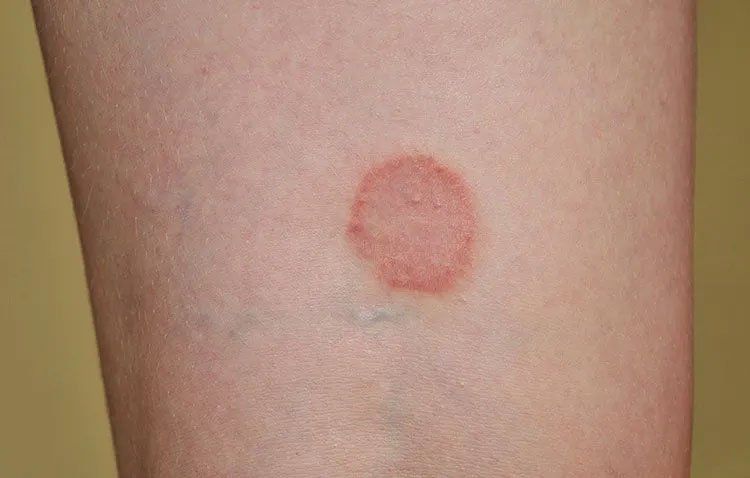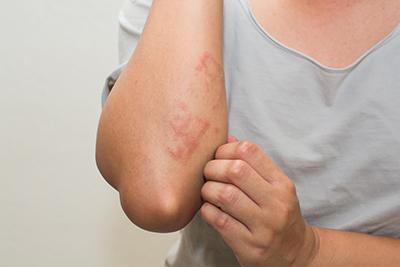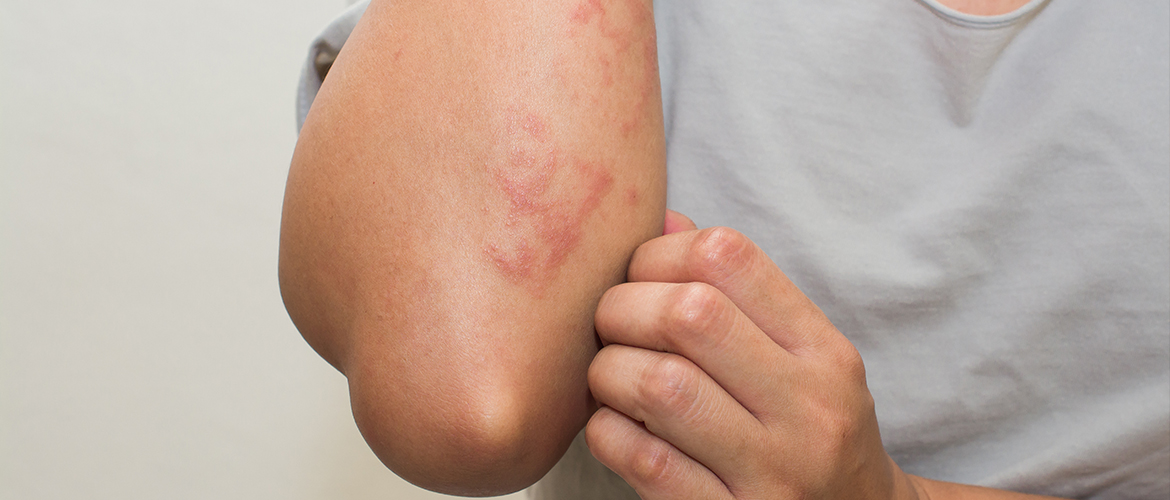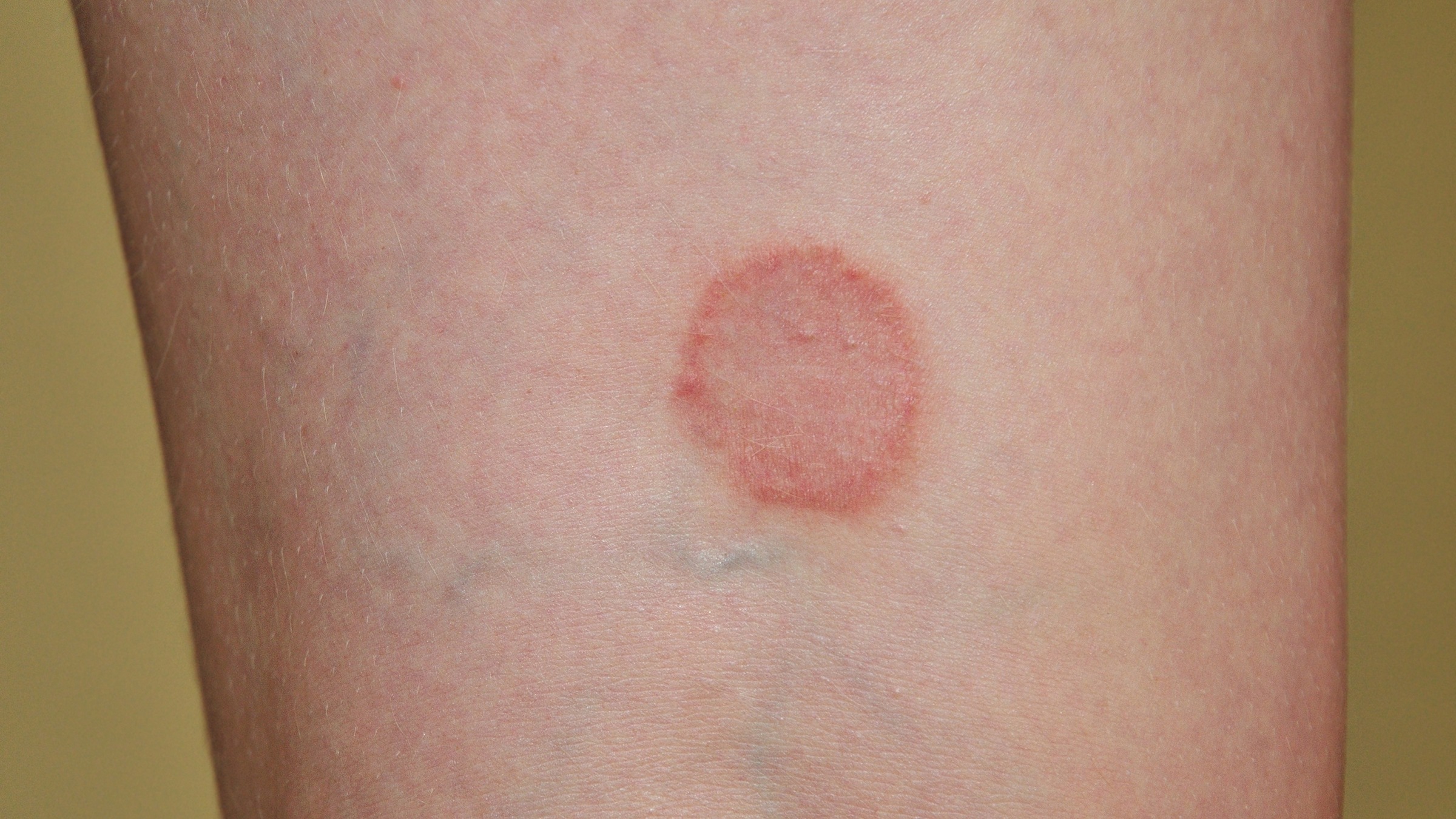Ringworm of the body, or tinea corporis, is a common fungal skin infection that appears as circular, red rashes with a clear center and raised, scaly edges. Despite its name, ringworm is not caused by a worm—it is caused by a group of fungi called dermatophytes, which thrive on skin, hair, and nails. This condition is contagious but typically not serious when treated properly.
This article provides evidence-based details on symptoms, causes, treatments, and prevention strategies, sourced from reputable institutions including the Centers for Disease Control and Prevention (CDC), Mayo Clinic, and the American Academy of Dermatology (AAD).
What Is Ringworm of the Body?
Tinea corporis affects the skin on the body but excludes areas like the scalp, groin, palms, and soles. Other related fungal infections include:
- Tinea pedis (Athlete’s foot): Affects feet, especially between the toes.
- Tinea cruris (Jock itch): Common in the groin area.
- Tinea capitis: Affects the scalp, often in children.
These infections are all caused by dermatophytes, which are transmitted through direct contact or contaminated surfaces.

Causes of Ringworm
Ringworm is caused by dermatophytes, fungi that live on the outer layer of the skin and feed on keratin. It spreads through:
- Direct skin contact with an infected person.
- Indirect contact via shared items like clothing, towels, combs, or gym equipment.
- Contact with animals, particularly cats and dogs, who can carry the fungus.
- Warm and humid environments, such as public showers, locker rooms, or swimming pool areas.
According to the CDC, ringworm can also be transmitted through soil, though this is less common in modern settings.

Who Is at Risk?
Ringworm can affect anyone, but certain conditions increase the risk:
- Living in hot, humid climates
- Wearing tight or non-breathable clothing
- Sharing personal items
- Frequenting gyms, pools, or public showers
- Having close contact with pets
- Weakened immune systems, including people with diabetes or autoimmune disorders

Recognizing the Symptoms
According to the American Academy of Dermatology, symptoms typically appear 4 to 10 days after exposure. Common signs include:
Early Symptoms:
- Red, circular rashes with a defined, raised edge
- Clear skin in the center of the ring
- Itching or burning in the affected area
- Flaky or cracked skin on the outer ring
Advanced or Severe Symptoms:
- Multiple rashes that expand or merge
- Pus-filled bumps or open sores
- Swelling and redness
- Temporary hair loss if on hairy areas
Ringworm often appears on the arms, legs, torso, and face, but it may develop anywhere on the body except the scalp, groin, palms, and soles, which are categorized separately.

Diagnosing Ringworm
A dermatologist or healthcare provider can usually diagnose ringworm through:
- Visual Examination: The ring-shaped rash is typically distinctive.
- Skin Scraping: A sample is examined under a microscope for fungal elements.
- Fungal Culture: If necessary, samples are cultured in a lab to confirm the fungal species.
Proper diagnosis helps differentiate ringworm from similar conditions like eczema, psoriasis, or contact dermatitis.
Effective Treatments
Most cases of tinea corporis respond well to antifungal medications.
Topical Antifungals
For mild to moderate infections, over-the-counter or prescription creams and gels are effective:
- Clotrimazole
- Miconazole
- Ketoconazole
- Terbinafine
These are typically applied two to three times daily for 2 to 4 weeks, depending on the severity.

Oral Antifungals
In more severe or resistant cases, physicians may prescribe:
- Oral terbinafine
- Itraconazole
- Griseofulvin
These treatments are taken for 4 to 6 weeks and may require monitoring for potential side effects, as advised by the Mayo Clinic.
Prevention Tips
Since ringworm is contagious, prevention plays a key role in stopping its spread.
- Practice good hygiene: Shower regularly and dry off completely.
- Avoid sharing personal items: Especially towels, razors, hats, or clothes.
- Wear breathable clothing: Especially during workouts or in warm climates.
- Clean and disinfect: Regularly sanitize shared spaces like gyms and bathrooms.
- Wash laundry in hot water: Particularly if someone in the household has an infection.
- Keep pets healthy: If your dog or cat shows signs of hair loss or lesions, consult a veterinarian.

When to See a Doctor
You should consult a healthcare provider if:
- Symptoms do not improve after two weeks of over-the-counter treatment
- The rash spreads or worsens
- Painful sores or swelling develops
- The infection affects the face, scalp, or genital area
- You have a chronic illness or compromised immune system
Timely diagnosis and treatment help prevent recurrence and reduce the chance of spreading the infection to others.

Conclusion
Ringworm of the body (tinea corporis) is a common but treatable skin condition. With proper hygiene, prompt treatment, and awareness, it can be effectively managed. If you’re experiencing symptoms or unsure about a skin condition, consult a licensed medical provider for a professional diagnosis and appropriate care.
Staying informed and cautious is the best defense against skin infections like ringworm.
Trusted Sources:
- Centers for Disease Control and Prevention (CDC)
- Mayo Clinic
- American Academy of Dermatology (AAD)
